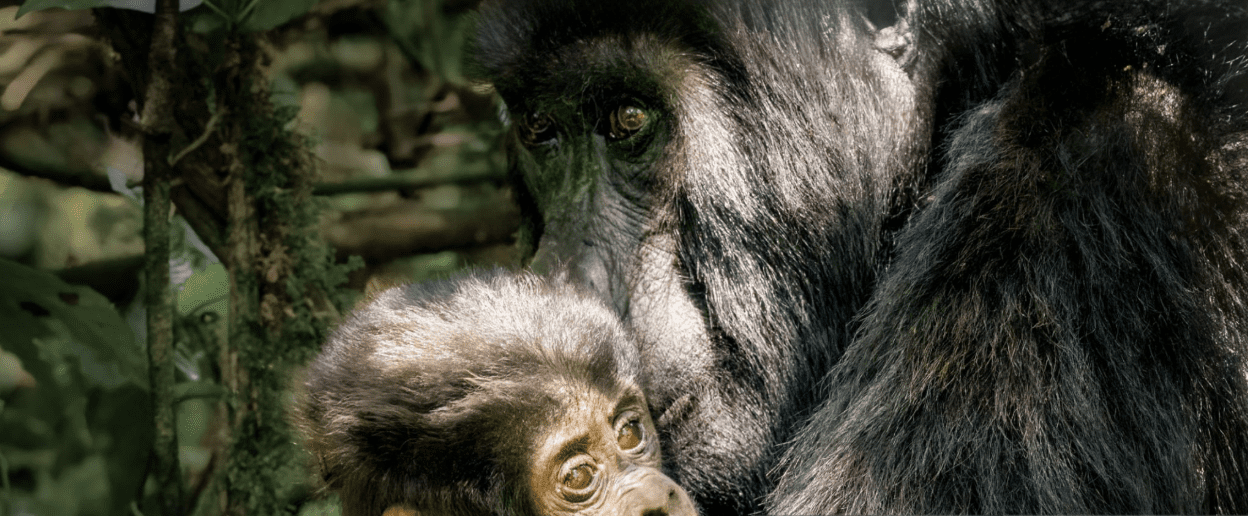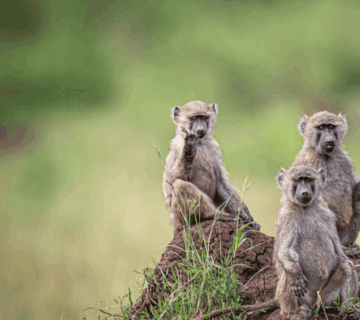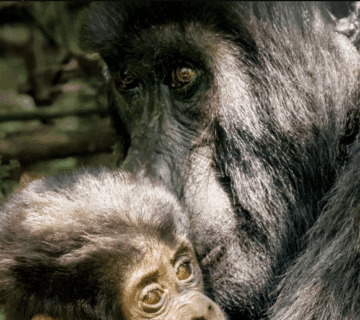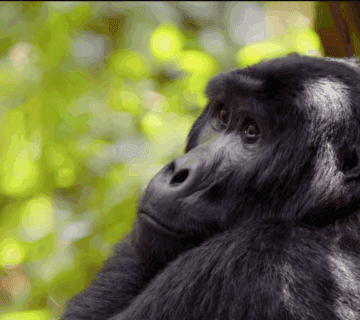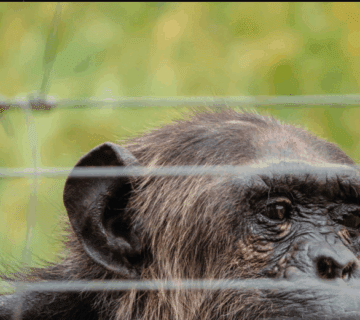Kenya Gorilla Trekking Expert Tips: An Inspirational Journey into the Wild
Whether you’re an adventurer at heart or a wildlife enthusiast seeking a transformative experience, Gorilla Trekking Expert Tips will guide you through the journey, ensuring you make the most of this once-in-a-lifetime adventure.
Why Gorilla Trekking in Kenya is a Must-Do Experience
Kenya is renowned for its breathtaking landscapes, diverse wildlife, and rich cultural heritage. While it may not be as famous as its East African neighbors for gorilla sightings, Kenya’s conservation efforts and ecotourism initiatives are making it an emerging destination for primate lovers.
Gorillas are intelligent, social, and deeply emotional creatures. Observing them in the wild fosters a profound connection with nature, reminding us of the importance of conservation. The trek itself is a test of endurance and patience, but the reward—an intimate encounter with a gorilla family—is beyond words.
Gorilla Trekking Expert Tips for an Unforgettable Adventure
1. Choose the Right Time to Visit
Timing is crucial for a successful gorilla trek. The best months for Gorilla Trekking in Kenya are during the dry seasons—June to October and December to February. During these periods, trails are less muddy, and gorillas are easier to locate as they stay in lower elevations.
2. Secure Permits in Advance
Gorilla trekking permits are limited to protect these endangered species and ensure sustainable tourism. In Kenya, permits may be required depending on the specific trekking location. Book yours months in advance through reputable tour operators or Kenya Wildlife Service (KWS).
3. Pack Smart for the Trek
A well-prepared trekker is a happy trekker. Here’s what to bring:
Sturdy hiking boots (waterproof and ankle-supporting)
Lightweight, breathable clothing (long sleeves to protect against scratches and insects)
Rain jacket (weather can be unpredictable)
Gardening gloves (for gripping vegetation)
Trekking poles (for stability on steep slopes)
Camera with no flash (to avoid disturbing the gorillas)
Energy snacks and water (stay hydrated and energized)
4. Maintain Physical Fitness
Gorilla trekking is physically demanding. You may hike for 2-6 hours through dense forests, steep terrain, and high altitudes. Prepare by:
Walking or jogging daily weeks before your trip
Doing strength training for endurance
Practicing hikes with elevation changes
5. Follow Gorilla Trekking Etiquette
Respecting the gorillas and their habitat is non-negotiable. Follow these rules:
Keep a 7-meter distance (to avoid disease transmission)
Stay quiet and calm (sudden movements or noise can agitate them)
Do not eat or smoke near gorillas
Follow your guide’s instructions at all times
6. Hire an Experienced Guide
A knowledgeable guide enhances your experience by:
Leading you safely through the forest
Sharing insights about gorilla behavior
Ensuring you adhere to conservation guidelines
7. Embrace the Unexpected
Nature doesn’t operate on a schedule. You might find gorillas within an hour, or it could take half a day. Be patient—every moment in the forest is part of the adventure.
8. Support Conservation Efforts
Your permit fees contribute to gorilla conservation and local communities. Consider donating to wildlife organizations or purchasing handmade crafts from nearby villages to support sustainable tourism.
The Transformational Power of Gorilla Trekking
Beyond the physical challenge, gorilla trekking is a deeply spiritual journey. Here’s how it can change you:
1. A Humbling Encounter with Nature’s Giants
Standing before a silverback gorilla, you realize how small we are in the grand scheme of life. Their gentle eyes, human-like expressions, and familial bonds evoke a sense of kinship.
2. A Lesson in Resilience
Trekking through rugged terrain teaches perseverance. Every step forward, despite exhaustion, mirrors life’s challenges—reminding us that the greatest rewards come from pushing beyond comfort zones.
3. A Renewed Commitment to Conservation
Seeing gorillas in the wild ignites a passion to protect them. Their survival depends on human action—anti-poaching efforts, habitat preservation, and responsible tourism.
4. A Connection to Indigenous Wisdom
Local guides often share stories of coexisting with wildlife, offering wisdom on living harmoniously with nature—a lesson modern society desperately needs.
Your Gorilla Trekking Adventure Awaits
Gorilla trekking in Kenya is more than just a safari—it’s a pilgrimage into the heart of the wild. With these Gorilla Trekking Expert Tips, you’re equipped to embark on a journey that challenges the body, enriches the mind, and uplifts the soul.
As you prepare for this adventure, remember: the forest, the gorillas, and the experience will leave an indelible mark on your spirit. You’ll return not just with photographs, but with a renewed sense of purpose—a deeper appreciation for nature and a commitment to protecting Earth’s most magnificent creatures.
So lace up your boots, pack your courage, and step into the wild. The gorillas are waiting.
Would you dare to take the journey?

